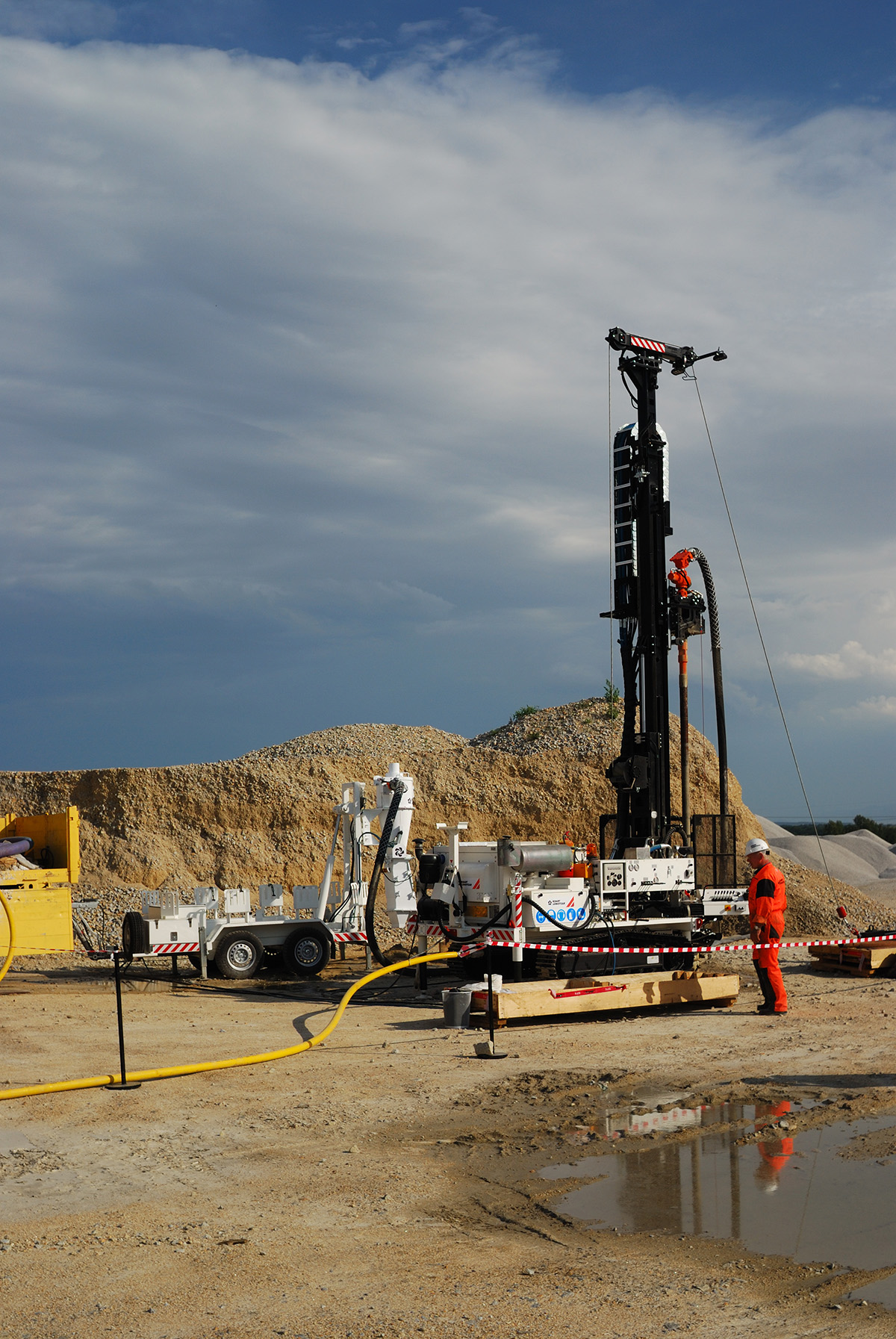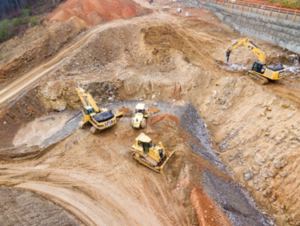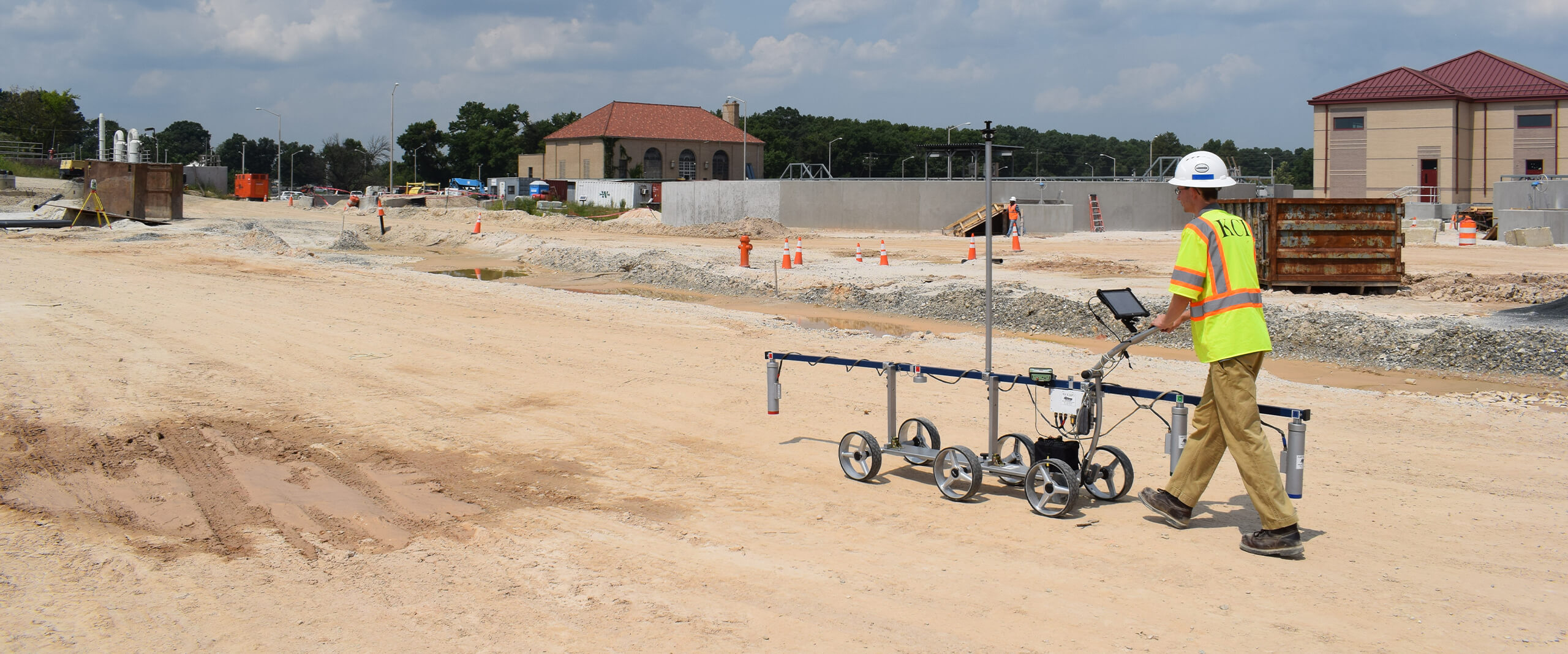Leading Geotechnical Companies in South Africa: Who You Should Know
Leading Geotechnical Companies in South Africa: Who You Should Know
Blog Article
The Value of Geotechnical Design in Attending To Ecological Difficulties and Enhancing Building Security
Geotechnical design acts as a keystone in the intersection of environmental stewardship and construction safety, offering vital insights into the habits of soil and rock under various conditions. This technique not just addresses pushing ecological difficulties such as soil erosion and groundwater defense yet likewise improves the toughness of infrastructure against all-natural dangers. By carrying out strategic website investigations and customized mitigation steps, geotechnical engineers play an essential duty in protecting both human lives and ecological honesty. Yet, the intricacies of these difficulties raise vital inquiries about the future instructions of this field and its ramifications for lasting advancement.

Duty of Geotechnical Design
Geotechnical design plays an important duty in the layout and building and construction of framework by attending to the habits of soil and rock materials under various conditions. This area of design is vital for comprehending the interaction in between structures and the ground, that includes identifying the load-bearing capability of soil, assessing stability, and forecasting prospective settlement or failing.
Geotechnical designers are in charge of conducting site examinations, which include tasting and testing soil and rock to collect information on their physical and chemical homes. This info is important for making structures, maintaining walls, and various other earth-retaining structures that ensure safety and long life. Geotechnical design educates the selection of proper building and construction techniques and products, consequently reducing threats associated with dirt behavior.
In addition, the integration of geotechnical engineering concepts into city planning and environmental monitoring is essential for resolving difficulties such as ground contamination and groundwater monitoring. By understanding geotechnical aspects, designers can develop sustainable options that enhance the resilience of facilities versus all-natural dangers, while additionally advertising environmental stewardship. Eventually, the function of geotechnical design is essential for accomplishing secure, sturdy, and ecologically mindful building and construction practices.
Soil Erosion Mitigation
Soil disintegration presents a substantial threat to both environmental security and infrastructure stability, affecting roughly 24 billion lots of fertile soil shed yearly worldwide. This phenomenon is worsened by variables such as logging, urbanization, and inadequate farming techniques. Geotechnical engineering plays a critical role in establishing efficient soil erosion mitigation techniques that protect both the atmosphere and building and construction jobs.
One technique involves the application of disintegration control approaches such as plant life growing, which maintains dirt via origin systems. Additionally, the construction of preserving wall surfaces and balconies can successfully lower surface area overflow and protect vulnerable locations from erosion. Correct drainage layout is additionally critical; it decreases water buildup and guides excess runoff away from essential frameworks.
Furthermore, geotechnical engineers use soil stabilization strategies, such as the application of geotextiles and eco-friendly mats, to enhance dirt cohesion and protect against deterioration - geotechnical companies in south africa. Regular surveillance and assessment of erosion-prone websites allow timely treatments, making sure long-term sustainability. By incorporating these approaches, geotechnical engineering not just mitigates the influences of soil disintegration however also adds to the durability of framework against ecological obstacles, ultimately cultivating a safer and extra sustainable constructed environment
Groundwater Defense Strategies
Groundwater functions as an important resource for drinking water, agriculture, and industrial procedures, making its security essential for ecological sustainability and public wellness. Efficient groundwater defense methods are critical in alleviating contamination threats and making sure the longevity of this resource.

Routine monitoring of groundwater top quality is likewise vital, enabling very early detection of contamination resources and helping with prompt removal efforts. Using sophisticated technologies, Read Full Article such as geophysical studies and remote sensing, help in determining potential threats to groundwater gets.
Moreover, public education and stakeholder involvement are important, cultivating neighborhood support for groundwater protection efforts. about geotechnical engineering. By combining regulative actions, technological improvements, and neighborhood participation, we can create a detailed structure that safeguards groundwater resources while promoting sustainable growth and building techniques
Landslide Risk Administration
Landslides posture significant risks to both human security and framework, making efficient danger monitoring strategies necessary. Geotechnical design plays a crucial role in determining, assessing, and mitigating landslide risks. An extensive understanding of incline security, dirt mechanics, and hydrology is important for creating reliable danger monitoring strategies.
The very first step in landslide risk management involves extensive website examinations, which consist of geological mapping and dirt screening. These examinations assist designers examine the capacity for landslides by determining essential variables such as incline angles, dirt structure, and water material. Using sophisticated innovations such as remote noticing and geophysical surveys can enhance the accuracy of these analyses.
As soon as threats are determined, suitable mitigation measures can be applied. These might include engineering solutions such as retaining wall surfaces, drain systems, and slope stabilization techniques. Keeping an eye on systems ought to be developed to find indications of ground movement and changes in water degrees, allowing for aggressive interventions.

Enhancing Building Safety And Security
Construction sites typically provide a myriad of dangers that can endanger worker safety and project integrity. Geotechnical engineering plays a crucial role in enhancing building and construction safety and security by giving crucial understandings right into subsurface problems. With extensive soil and rock evaluation, geotechnical designers can determine potential dangers, such as soil instability, groundwater issues, and seismic vulnerabilities, which might endanger the safety and security of building and construction tasks.
Executing geotechnical remedies, such as appropriate structure design and the usage of keeping frameworks, reduces these threats significantly. These services not just ensure the stability of the frameworks being built however also create a more secure working environment for building and construction personnel.
In addition, cultivating a culture of security with training and adherence to developed safety and security methods further enhances building site security. By integrating geotechnical expertise into the preparation and implementation phases, building jobs can accomplish higher safety standards, ultimately safeguarding workers and making sure successful job completion.
Final Thought
In conclusion, geotechnical design serves as a critical technique in tackling ecological challenges and advertising building safety and security. With reliable soil disintegration mitigation, groundwater security strategies, and landslide danger administration, geotechnical designers add to the advancement of resistant framework.
Geotechnical design serves as a cornerstone in the crossway of ecological stewardship and construction security, giving essential understandings into the actions of soil and rock under different problems. Geotechnical design informs the choice of ideal building approaches and products, thereby lessening threats check that associated with soil habits.
Geotechnical design plays a critical role in creating reliable soil erosion mitigation approaches that guard both the environment and construction jobs.
Additionally, geotechnical engineers utilize soil stablizing strategies, such as the application of geotextiles and eco-friendly floor coverings, to enhance soil cohesion and prevent degradation. With detailed dirt and rock evaluation, geotechnical designers can recognize possible threats, such as dirt instability, groundwater concerns, and seismic vulnerabilities, which may jeopardize the security of building tasks.
Report this page